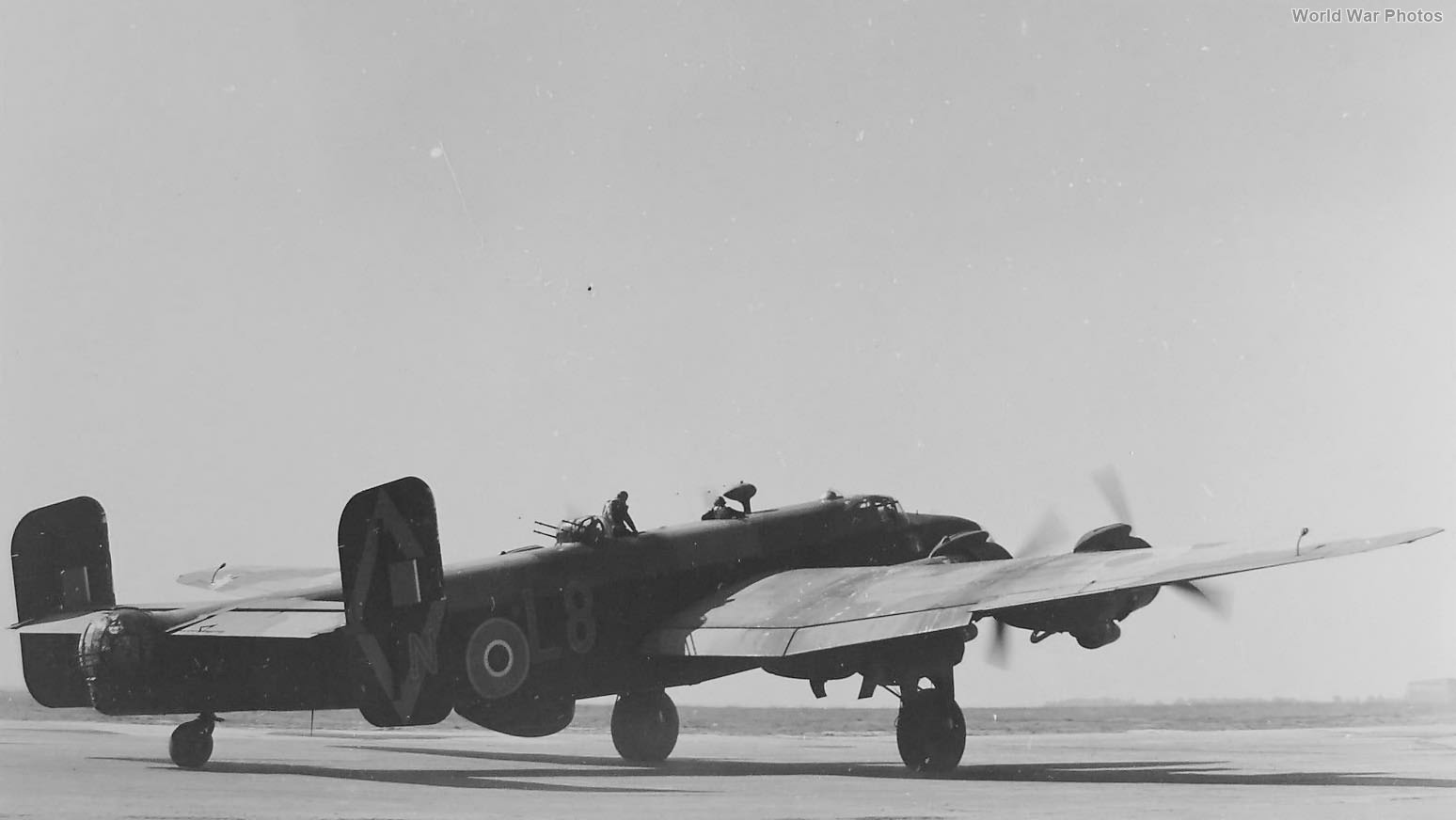Technical Specifications of the Halifax B.VI
The Halifax B.VI, designed by Handley Page and designated as the H.P.61, was the last mark of Halifax to see service with Bomber Command. It featured significant changes compared to earlier marks, most notably the use of four Bristol Hercules 100 radial engines. These engines, known for their reliability and good low-altitude performance, provided a significant power boost, addressing some of the performance limitations of earlier Merlin-engined variants.
Powerplant:
- Engines: Four 1,675 hp Bristol Hercules 100 radial engines
- Fuel Capacity: 2,190 gallons (9,956 liters) in standard configuration. The B.VI also had the option to carry three additional 690-gallon (3,137 liters) fuel tanks in the bomb bay, further extending its range.
Dimensions:
- Wingspan: 104 ft 2 in (31.75 m) with extended wingtips
- Length: 71 ft 7 in (21.85 m)
- Height: 21 ft 7 in (6.6 m)
- Wing Area: 1,275 sq ft (118.3 sq m)
Performance:
- Maximum Speed: 312 mph (502 km/h) at 22,000 ft (6,706 m), and 290 mph (497 km/h) at 10,500 ft (3,200 m)
- Cruising Speed: 218-260 mph (351-418 km/h) at 20,000 ft (6,100 m)
- Service Ceiling: 24,000 ft (7,315 m) at maximum weight
- Range: 1,260 miles (2,027 km) with maximum bomb load, 2,400 miles (3,867 km) with maximum fuel
Weight:
- Empty Weight: 38,900 lb (17,620 kg).
- Maximum Take-off Weight: 68,000 lb (30,820 kg)
Other Notable Features:
- The B.VI incorporated a revised fuel system optimized for operations in hot climates, a crucial feature considering its intended use in the Far East.
- It featured extended wingtips, first tested on earlier Halifax variants, which contributed to its increased wing area and improved performance.
- The B.VI also included geared rudder tabs to mitigate the swing tendency experienced by earlier Halifaxes in the event of an engine failure during takeoff.
